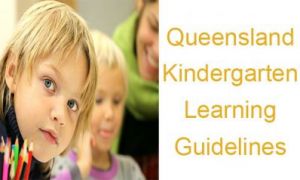Sand and water each provides children with many learning experiences. While playing with sand, it provides children with options to shape, rake, shovel or build with the sand. Water gives the children options of splashing, pouring and mixing.
The natural attraction that children have with these mediums makes them perfect for exploring in the childcare room. Sand and water play can be two separate activities or formed into one.
Children's exploration with sand and water naturally help build various skills. A child, who sifts sand and scoops water, will naturally improve their physical development. Children working together to make a sand castle develop their social skills. At the same time the children enhance their cognitive development as they begin to explore things like why certain objects sink or float and adding water to sand allows for easier building and more.
Benefits of Sand and Water Play
Children benefit most from sand and water play when you guide their play and interactions. Listed below are some
suggested learning objectives that support a child's overall development.
- Enables children to develop pride and negotiating skills (asking others not to knock down a sand castle that's just been built).
- Children begin to explore social roles (washing and drying dishes).
- Encourages children to play co‐operatively with others (sharing and taking turns of sand and water play equipment).
- Develops children's creativity (moulding wet sand into different shapes).
- Teaches problem solving skills (figuring out how to dig a tunnel in wet sand so it won't collapse).
- Children improve co‐ordination skills (filling up measuring spoons and cups).
- Develops child hand / eye co‐ordination (shovelling sand into a bucket).
- Gives children an understanding of cause and effect relationships (predicting what will happen when water is added to the sand).
Through Sand and Water play children begin using skills of math and science, through hands on experience. When
children begin mixing water with sand, it provides children with an understanding of cause and effect relationships.
When water is added to the sand, the sand becomes firmer and the water is absorbed. The wet sand is a lot heavier
than before and therefore the density has changed too. Wet sand can be manipulated through moulding or being
shaped. Sand and Water play can also be used to effectively to calm children's minds and bodies.
Linking to the Early Years Learning Framework
1.3 – Children develop knowledgeable and confident self‐identities.
2.4 – Children become socially responsible and show respect for the environment.
3.2 ‐ Children take increasing responsibility for their own health and physical wellbeing.
4.4 – Children resource their own learning through connecting with people, place, technologies and natural and processed materials.
5.1 – Children interact verbally and non‐verbally with others for a range of purposes.
To download the poster for free: Benefits Of Sand and Water Play


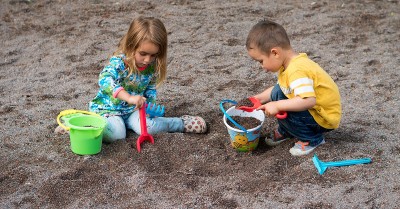
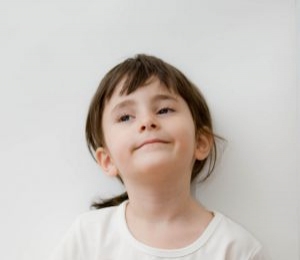 Open ended questions cannot be responded to with one word answers such as yes or no. These types of questions enables a child to provide
Open ended questions cannot be responded to with one word answers such as yes or no. These types of questions enables a child to provide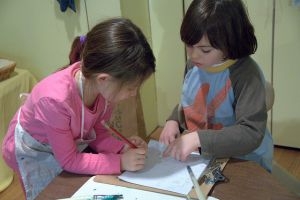 During your child’s preschool years, an important milestone begins to emerge. This is the development of pre-writing skills. Pre-writing skills are used to encourage, develop
During your child’s preschool years, an important milestone begins to emerge. This is the development of pre-writing skills. Pre-writing skills are used to encourage, develop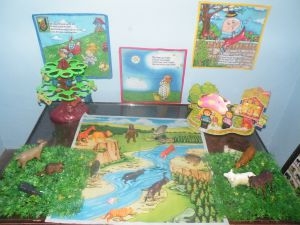 Open ended materials enables children to play freely. They are objects that have no rules to follow, use or function. Raw materials that can be
Open ended materials enables children to play freely. They are objects that have no rules to follow, use or function. Raw materials that can be An Acknowledgment of the Country is a way of showing respect for the Traditional Owners and can be given by both non-Indigenous people and Aboriginal
An Acknowledgment of the Country is a way of showing respect for the Traditional Owners and can be given by both non-Indigenous people and Aboriginal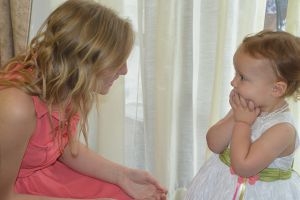 Language plays an important role in a child’s development. It enables a child to communicate effectively with their family, learn at school, socialize with friends,
Language plays an important role in a child’s development. It enables a child to communicate effectively with their family, learn at school, socialize with friends,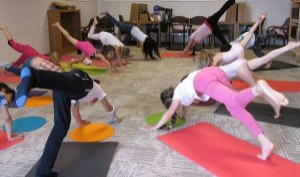 Like adults, children have to deal with their own stress in life. Moving house, starting a new school, preparing for a new sibling - these are
Like adults, children have to deal with their own stress in life. Moving house, starting a new school, preparing for a new sibling - these are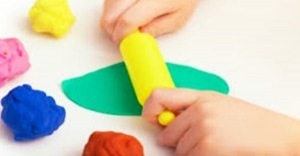 Playdough is such a versatile material. It provides numerous benefits to children as they manipulate it, it is safe and soothing and provides children with
Playdough is such a versatile material. It provides numerous benefits to children as they manipulate it, it is safe and soothing and provides children with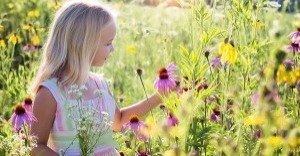 Teaching children about sustainability enables them to appreciate and respect the natural environment. Early childhood services can provide meaningful hand on learning experiences in order
Teaching children about sustainability enables them to appreciate and respect the natural environment. Early childhood services can provide meaningful hand on learning experiences in order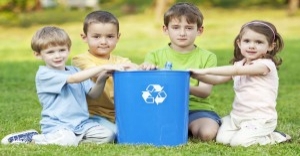 Recycling is an important concept that teaches children to care for the environment. It encourages children to be responsible and show a growing appreciating for
Recycling is an important concept that teaches children to care for the environment. It encourages children to be responsible and show a growing appreciating for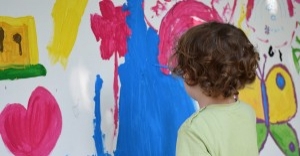 When children apply paint to paper, glue things together, or pound a lump of clay, they experiment with colour, shape design and texture.
When children apply paint to paper, glue things together, or pound a lump of clay, they experiment with colour, shape design and texture.


